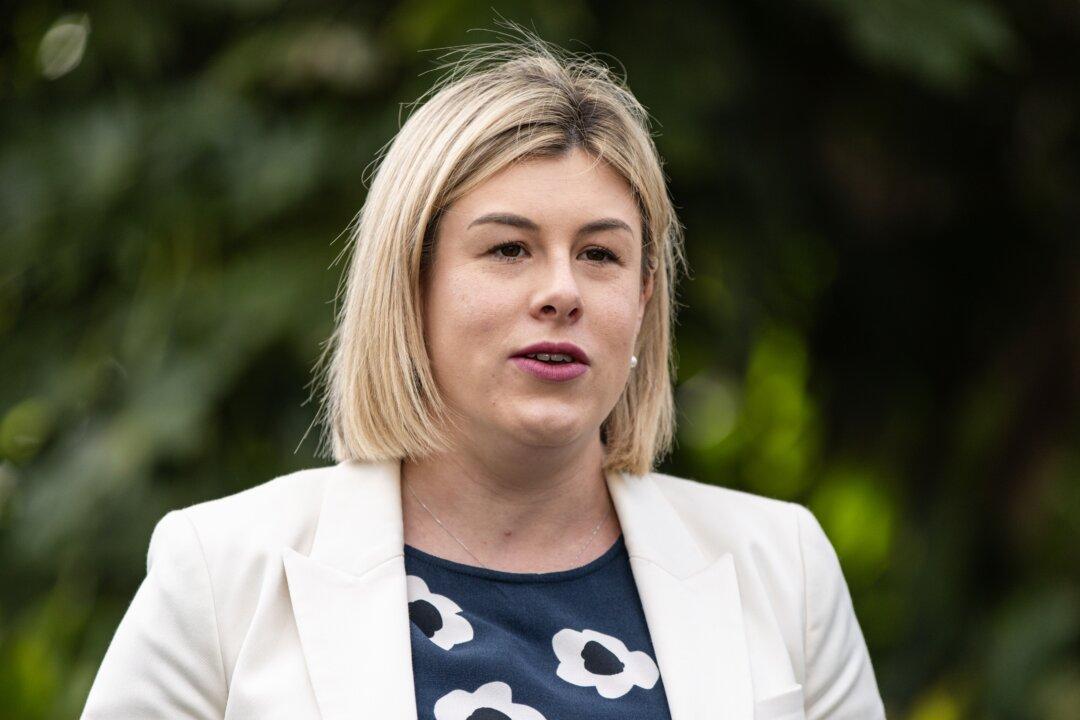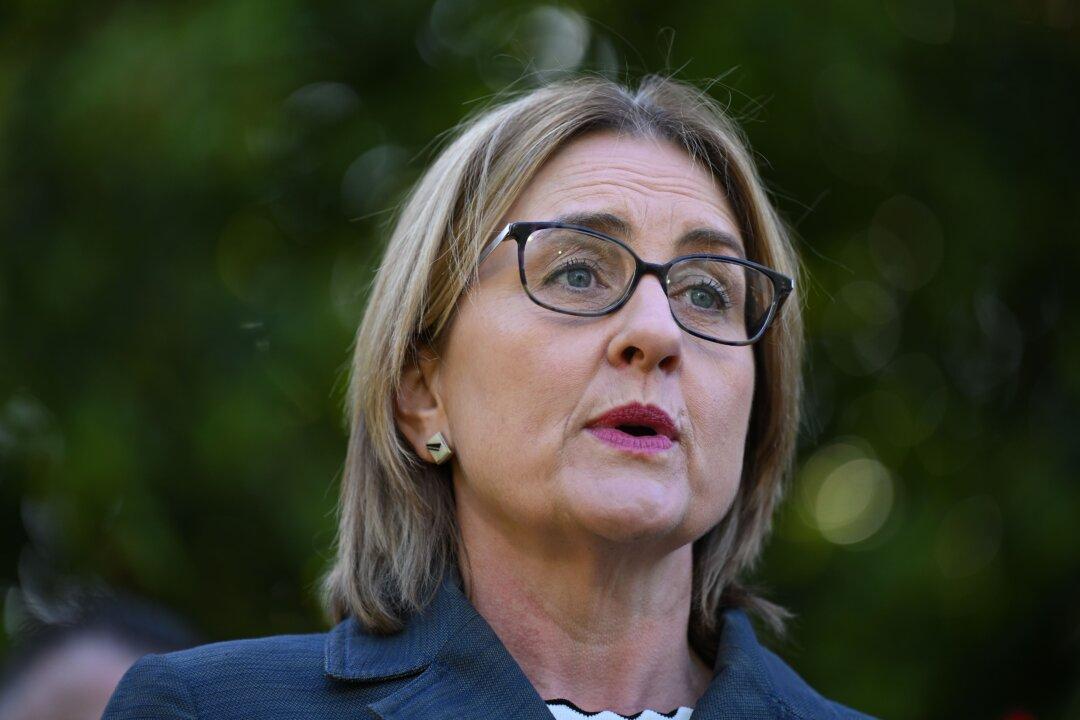Australia has backed the World Health Organisation’s (WHO) global pandemic agreement, as the United States was a no-show at the assembly.
Australian ministers said the WHO agreement takes into account “lessons learnt during the COVID-19 pandemic” and supports “collective action” to address pandemic threats. This includes increasing disease surveillance and vaccine access.





